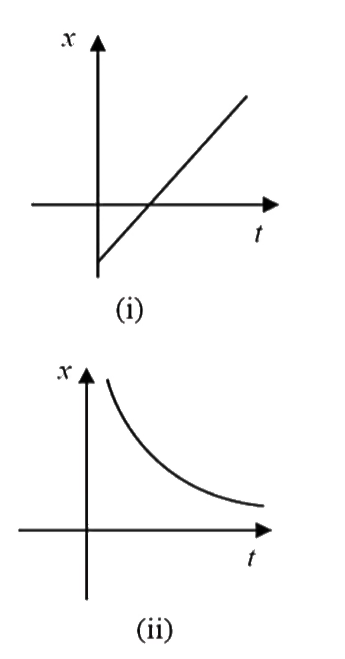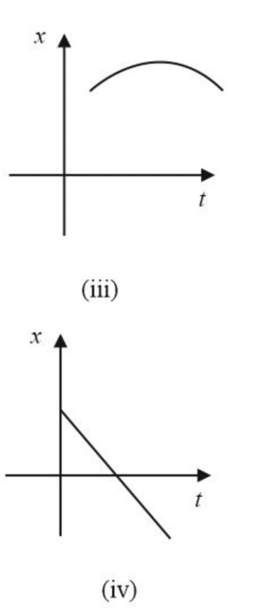Which of the following figures represents uniform motion of a moving object correctly ?
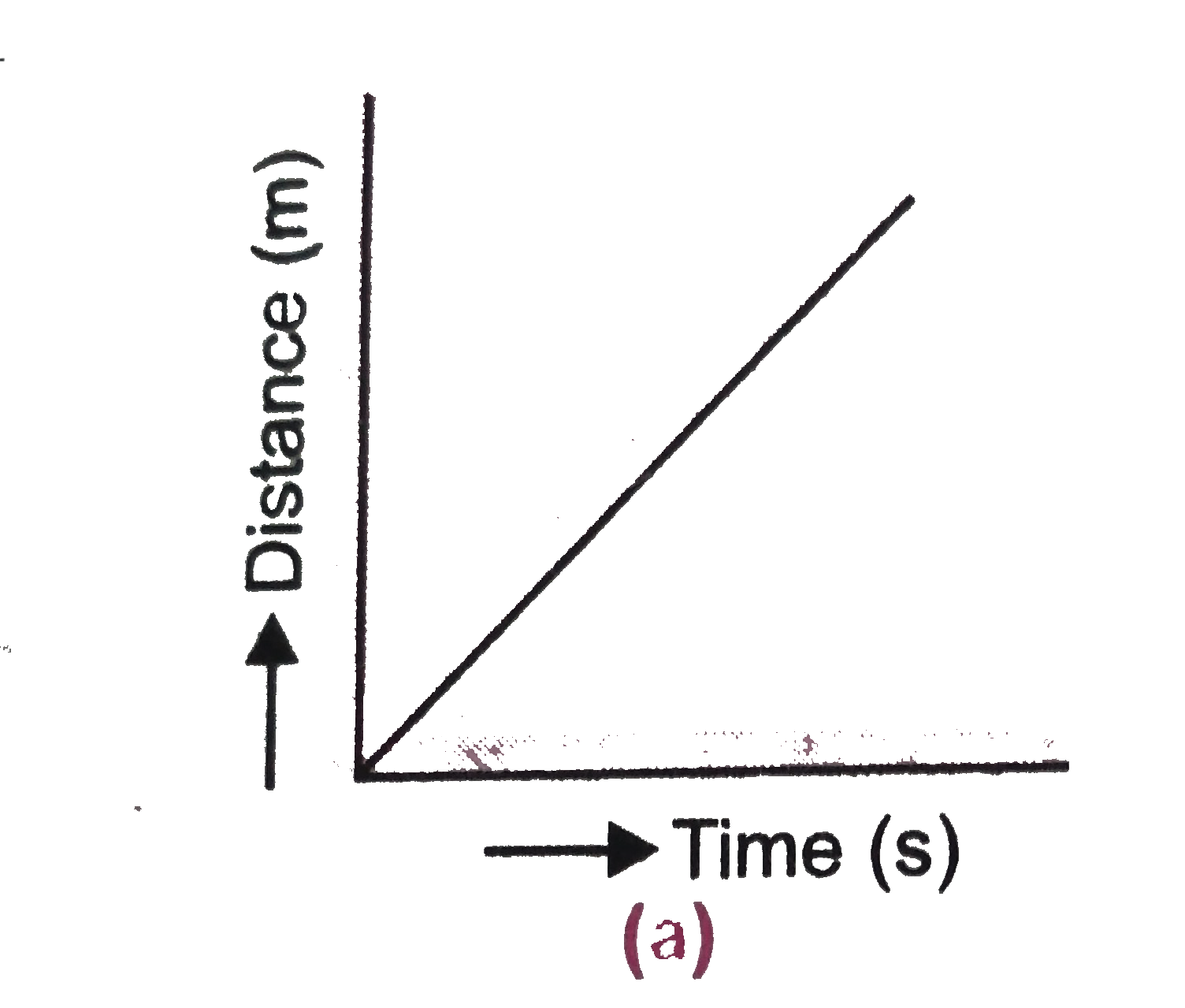
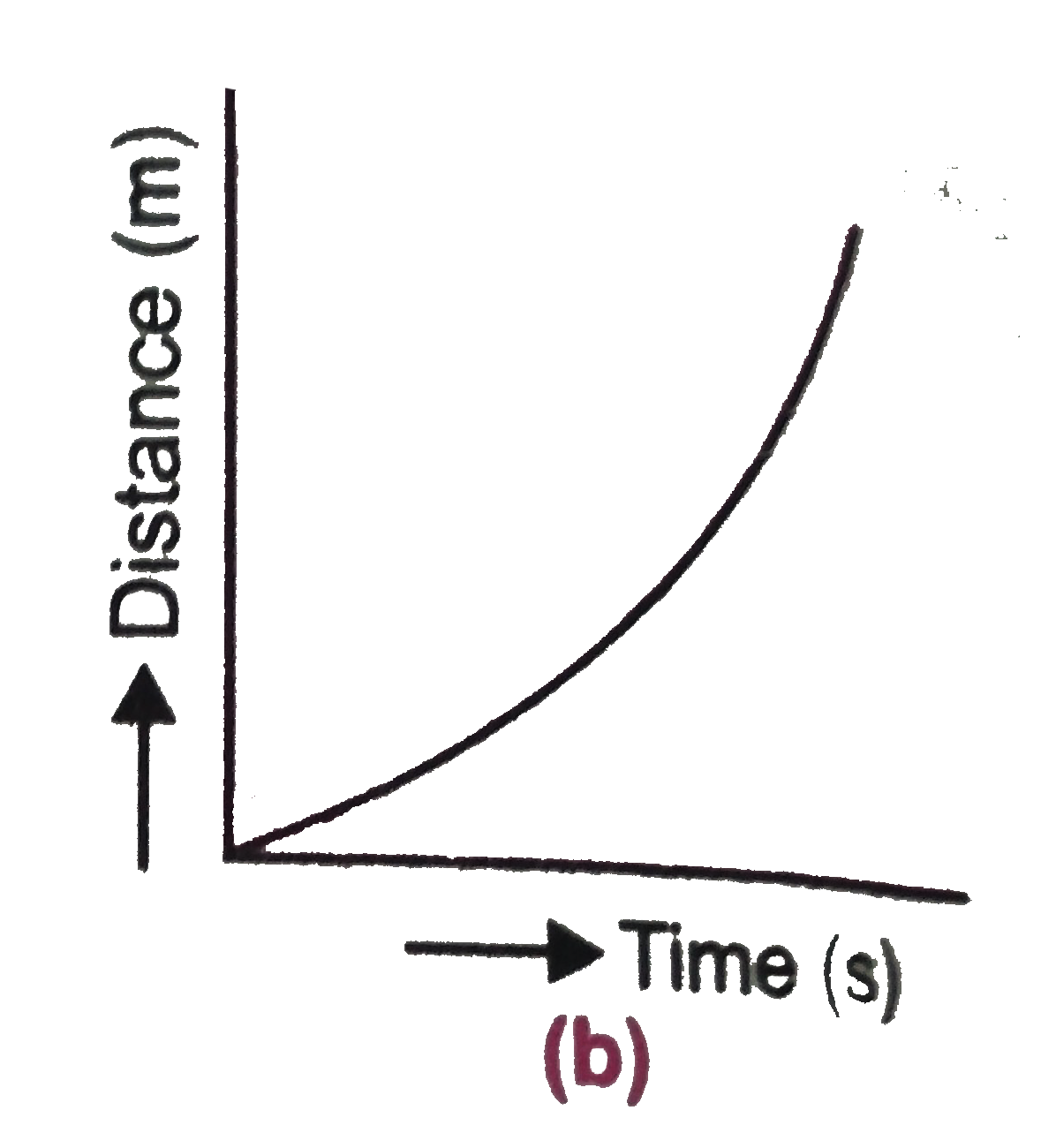
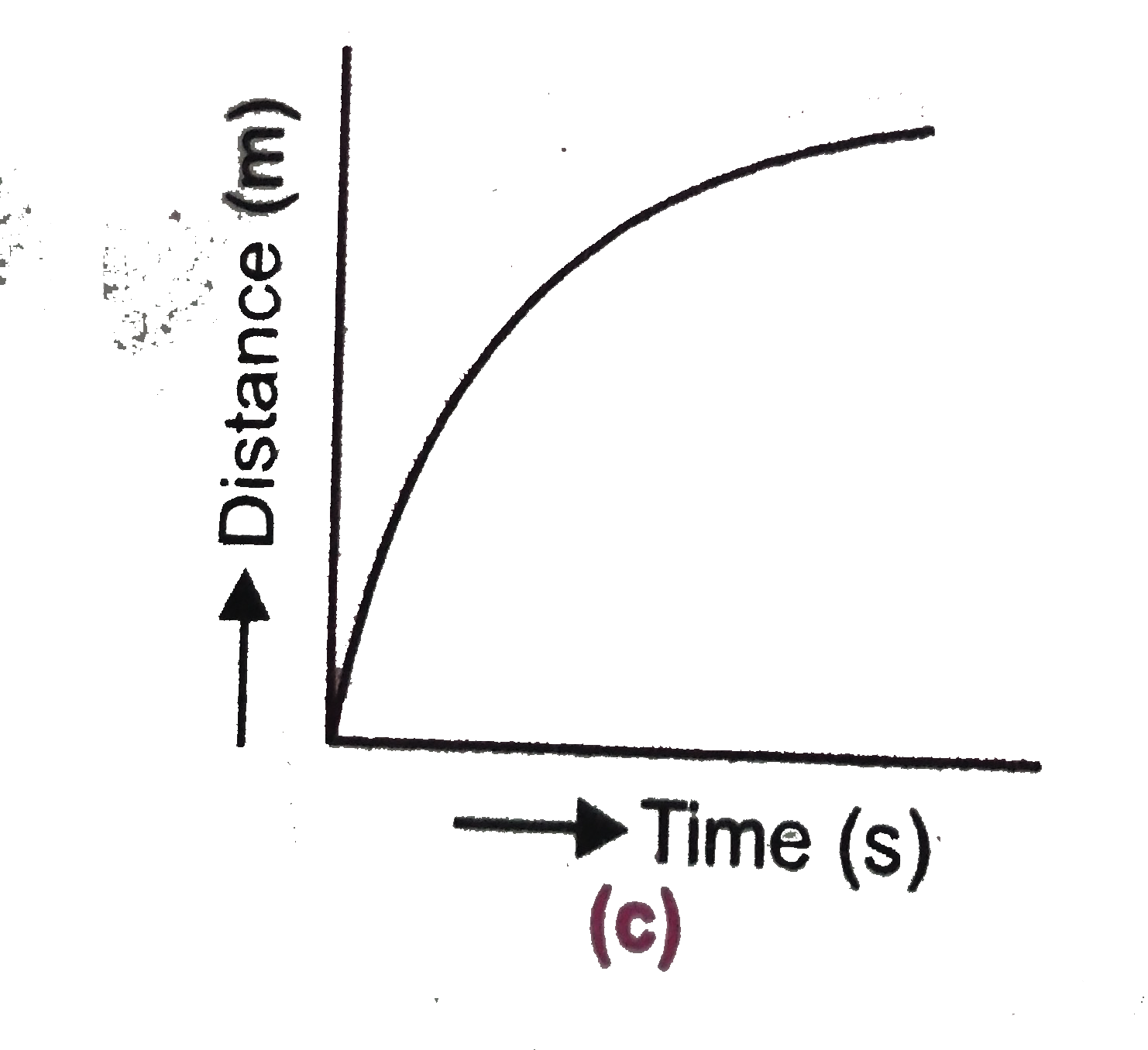
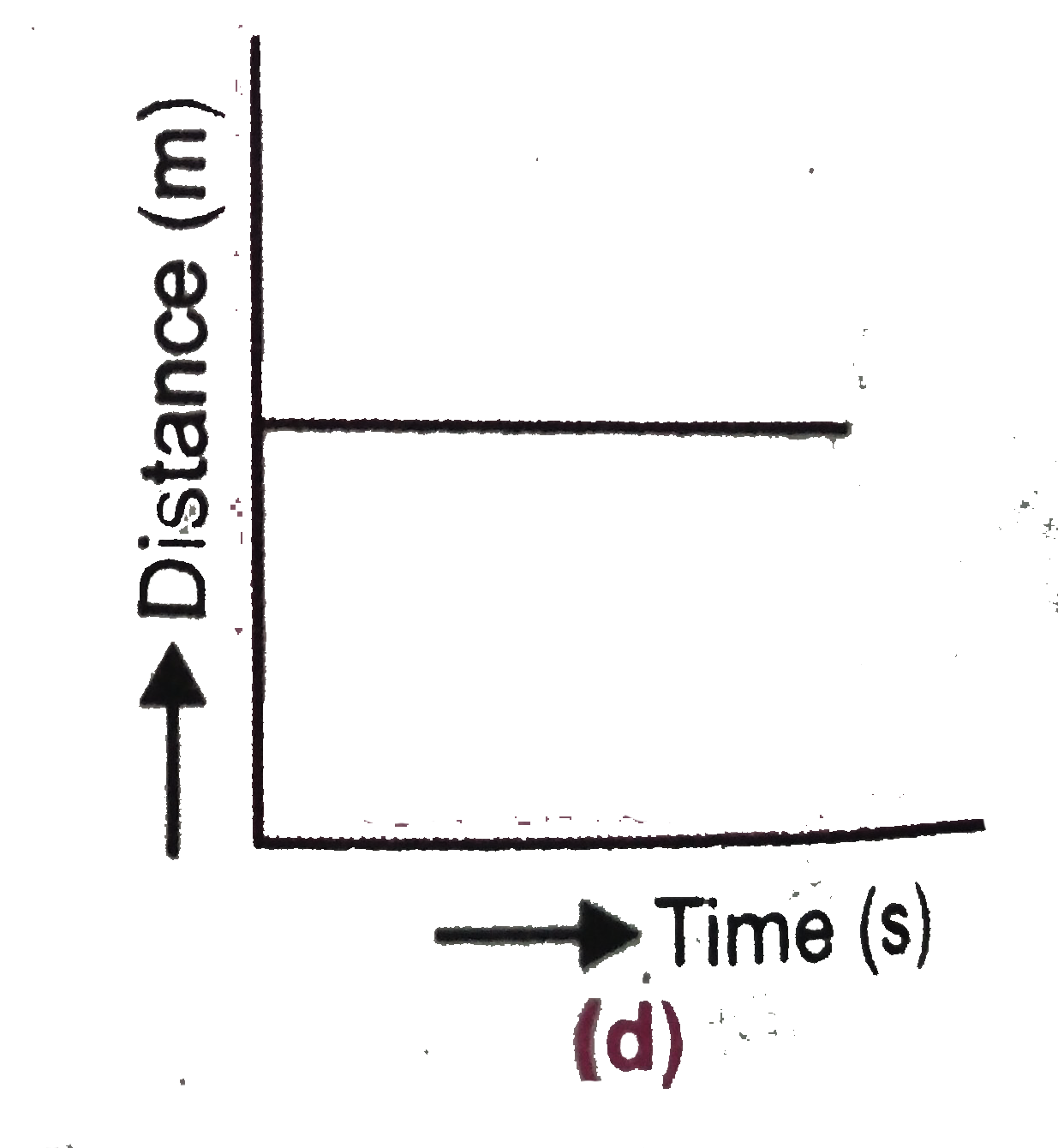
The correct Answer is:A
To determine which figure represents the uniform motion of a moving object, we need to analyze each option based on the concept of uniform motion. Uniform motion occurs when an object moves with a constant velocity, meaning it covers equal distances in equal intervals of time.
1. Understand Uniform Motion:
- Uniform motion means that the object travels equal distances in equal time intervals. This implies that the velocity is constant.
2. Analyze the Graphs:
- We have four options (graphs) to evaluate. We need to look for a graph that shows a straight line (indicating constant speed) or a horizontal line (indicating no movement).
3. Evaluate Option 1:
- Option 1 is a distance vs. time graph. If the graph is a straight line, it indicates that the distance is changing at a constant rate with respect to time. Therefore, this option represents uniform motion.
4. Evaluate Option 2:
- Option 2 shows a curve in the distance vs. time graph. A curve indicates that the distance is changing at varying rates, meaning the velocity is not constant. Therefore, this option does not represent uniform motion.
5. Evaluate Option 3:
- Option 3 also shows a curve in the distance vs. time graph, similar to option 2. This indicates that the velocity is changing, so this option does not represent uniform motion either.
6. Evaluate Option 4:
- Option 4 shows a horizontal line in the distance vs. time graph. A horizontal line indicates that the distance remains constant over time, which means the object is not moving (velocity = 0). While this is a form of uniform motion (constant speed of 0), it is still considered uniform motion.
7. Conclusion:
- The graphs that represent uniform motion are Option 1 (constant velocity) and Option 4 (constant speed of 0). Therefore, both options 1 and 4 represent uniform motion.
Final Answer:
- Option 1 and Option 4 represent uniform motion of a moving object correctly.
- Uniform motion means that the object travels equal distances in equal time intervals. This implies that the velocity is constant.
- We have four options (graphs) to evaluate. We need to look for a graph that shows a straight line (indicating constant speed) or a horizontal line (indicating no movement).
- Option 1 is a distance vs. time graph. If the graph is a straight line, it indicates that the distance is changing at a constant rate with respect to time. Therefore, this option represents uniform motion.
- Option 2 shows a curve in the distance vs. time graph. A curve indicates that the distance is changing at varying rates, meaning the velocity is not constant. Therefore, this option does not represent uniform motion.
- Option 3 also shows a curve in the distance vs. time graph, similar to option 2. This indicates that the velocity is changing, so this option does not represent uniform motion either.
- Option 4 shows a horizontal line in the distance vs. time graph. A horizontal line indicates that the distance remains constant over time, which means the object is not moving (velocity = 0). While this is a form of uniform motion (constant speed of 0), it is still considered uniform motion.
- The graphs that represent uniform motion are Option 1 (constant velocity) and Option 4 (constant speed of 0). Therefore, both options 1 and 4 represent uniform motion.
- Option 1 and Option 4 represent uniform motion of a moving object correctly.
Topper's Solved these Questions
- MOTIONBook:PRADEEPChapter:MOTIONExercise:Mock test
Explore 24 Videos
- MOTIONBook:PRADEEPChapter:MOTIONExercise:Paper-pen test
Explore 15 Videos
- GRAVITATIONBook:PRADEEPChapter:GRAVITATIONExercise:Model Test paper (1)
Explore 36 Videos
- SOUNDBook:PRADEEPChapter:SOUNDExercise:Model Test (sec - B)
Explore 12 Videos
Similar Questions
Knowledge Check
Which of the following graph represents uniform motion
A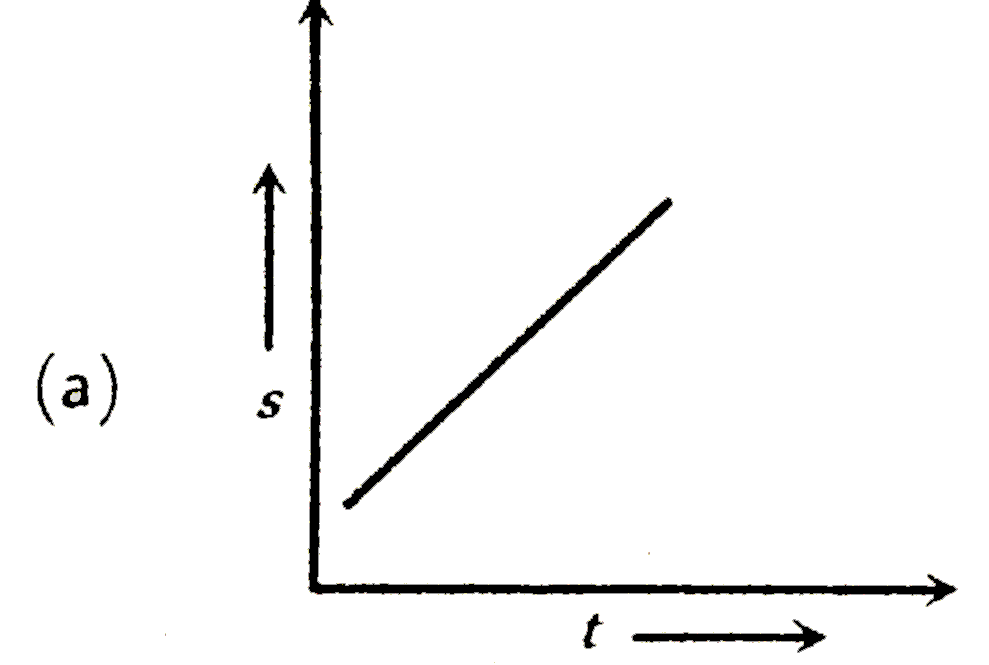 B
B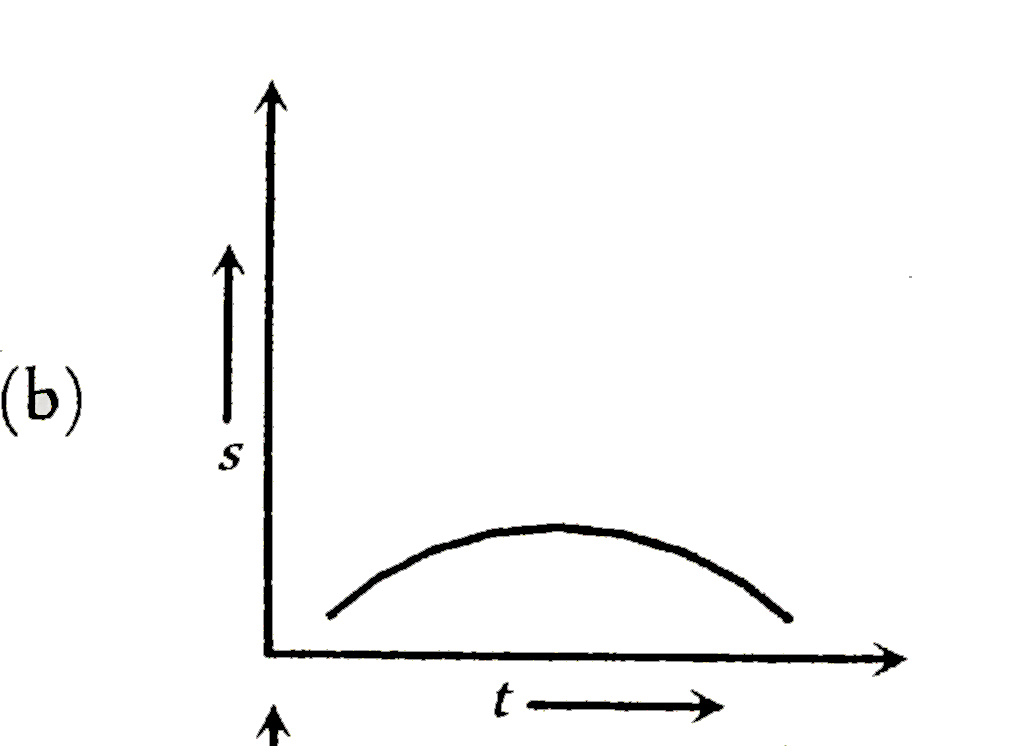 C
C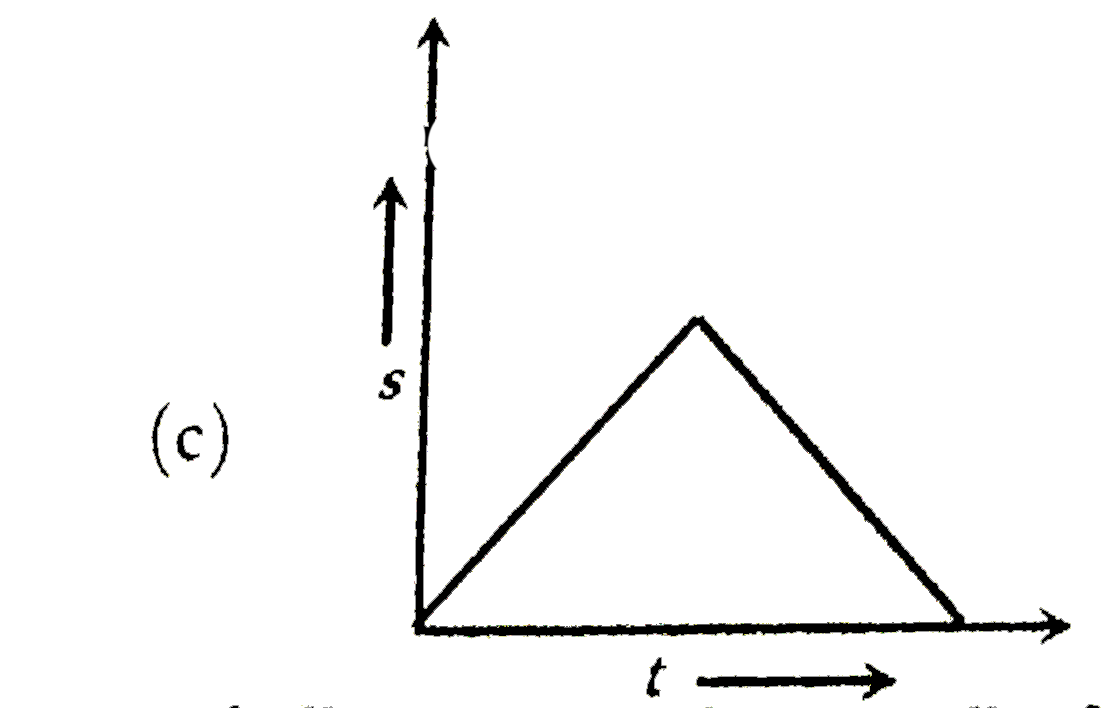 D
D
Which of the following figure represents damped harmonic motion
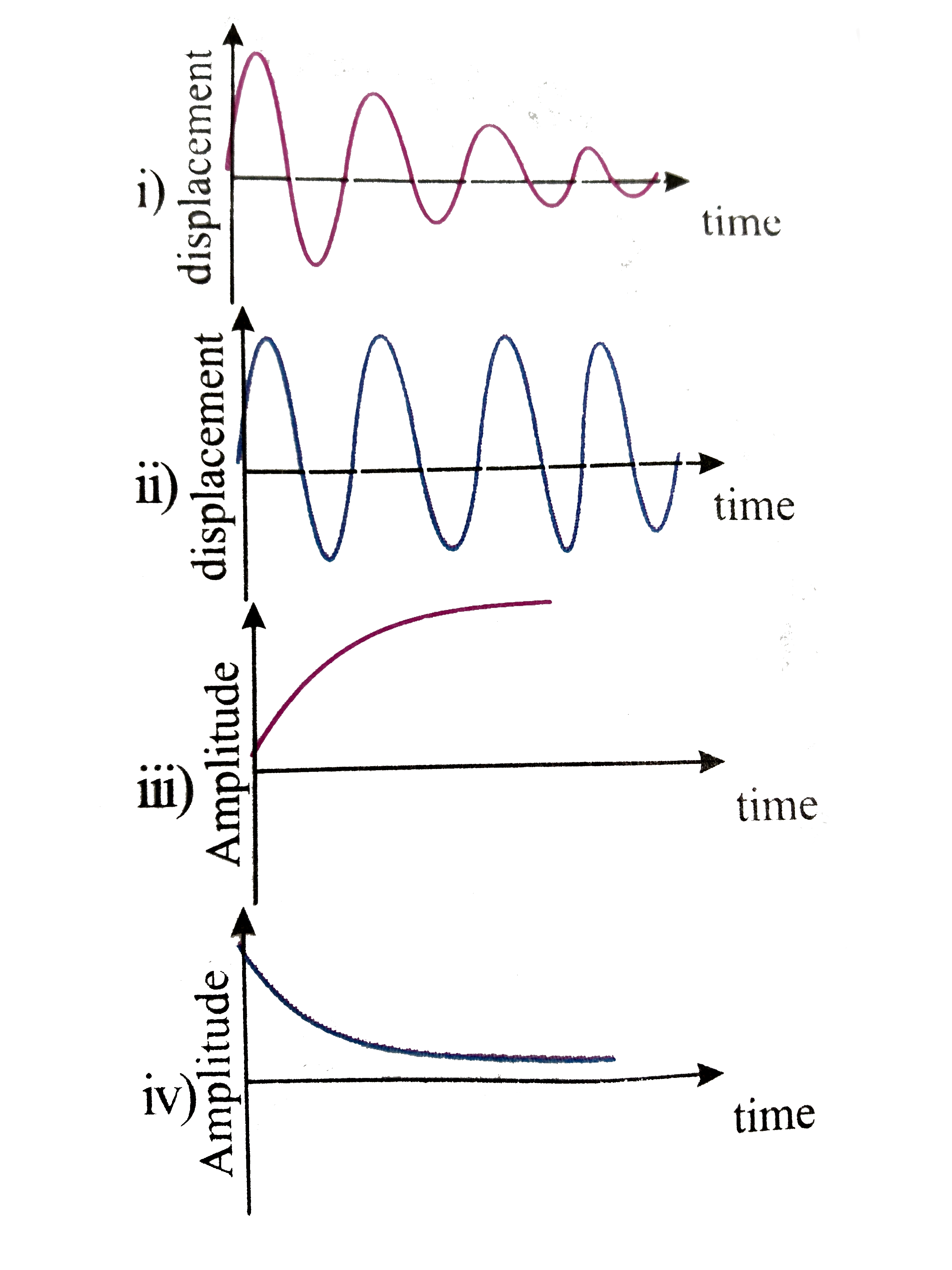 Ai and iiBiii and ivCi,ii, iii and ivDi and iv
Ai and iiBiii and ivCi,ii, iii and ivDi and ivWhich of the following figure represents damped harmonic motion
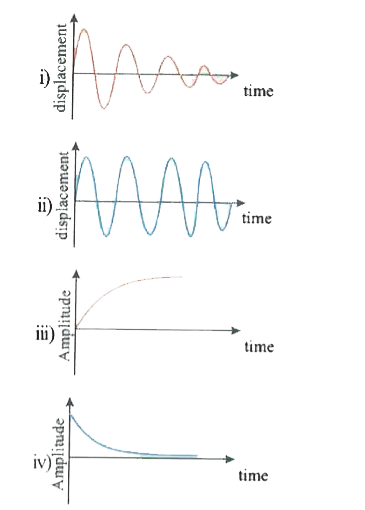 Ai and iiBiii and ivCi, ii, iii and ivDi and iv
Ai and iiBiii and ivCi, ii, iii and ivDi and iv
Which of the following in figure do not represent Bohr's model of an atom correctly ?

View SolutionWhich of the figures represent a histogram correctly-
View SolutionWhich of the following is NOT an example of non-uniform motion?
View SolutionWhich of the following correctly represents the order of atomic radii
View SolutionWhich of the following correctly represents the type of fruits given
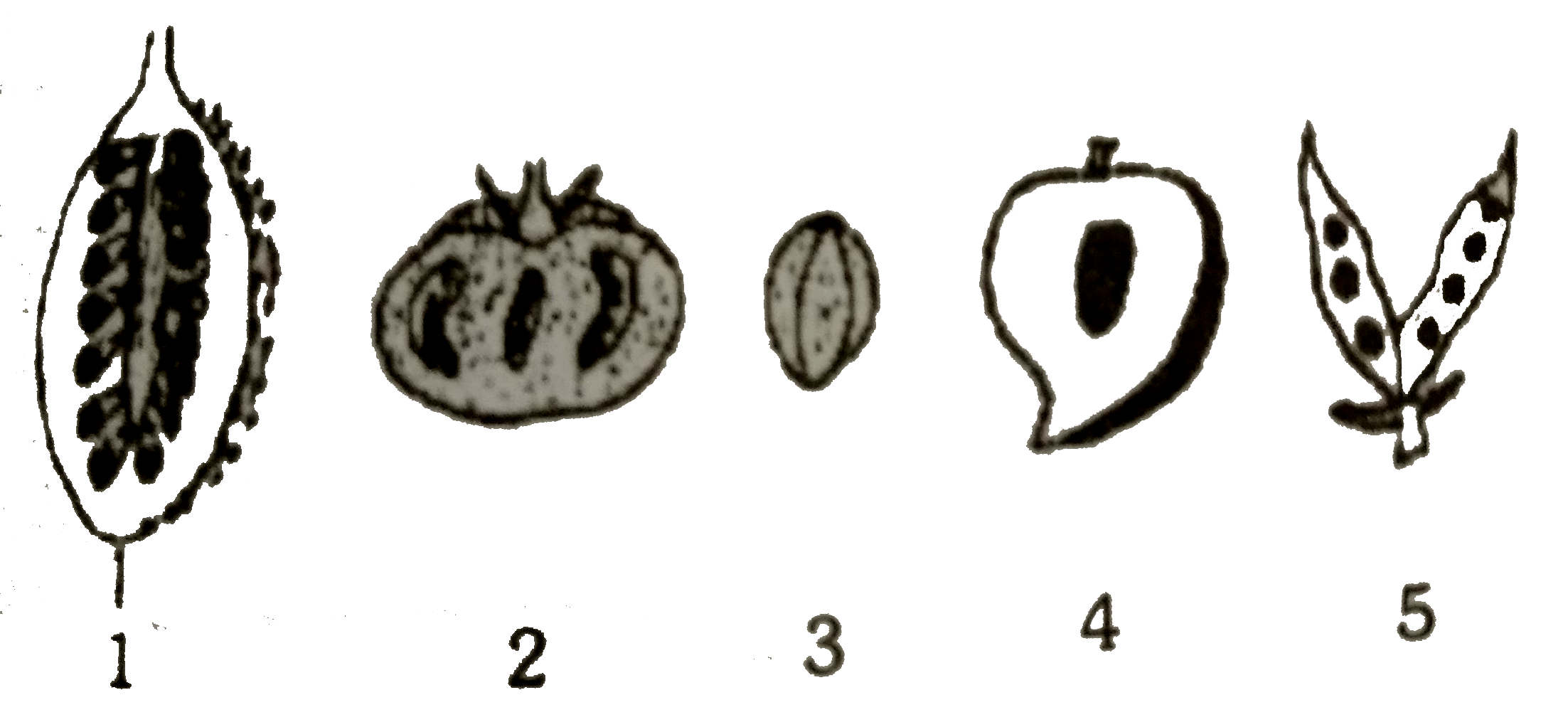
View Solution


